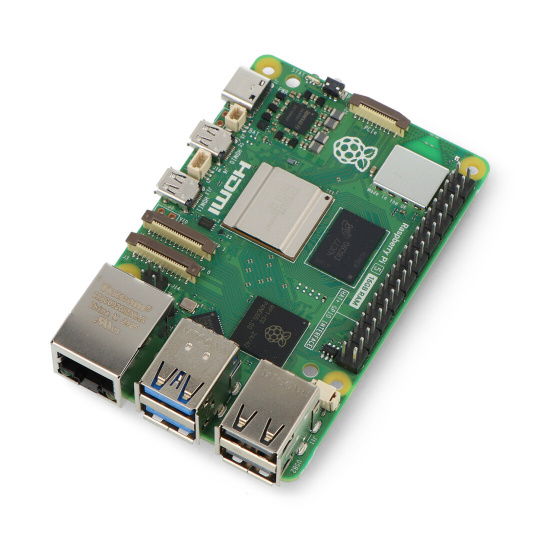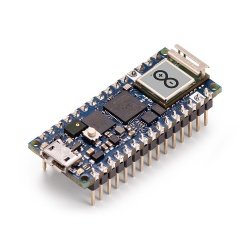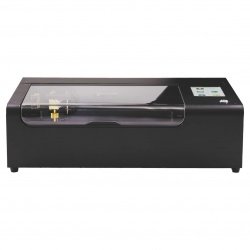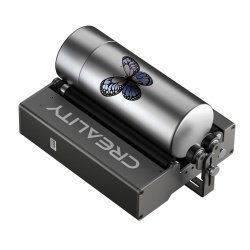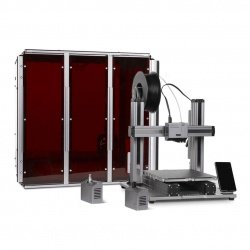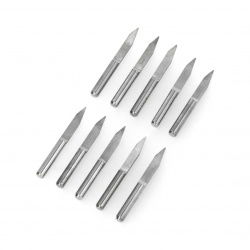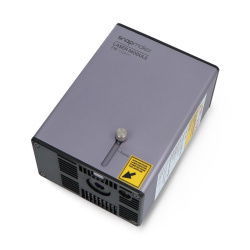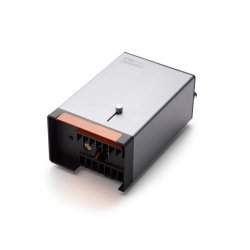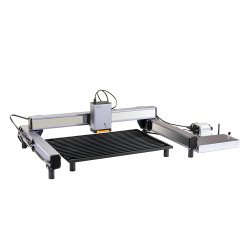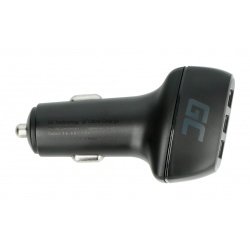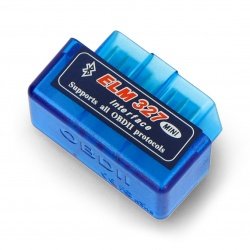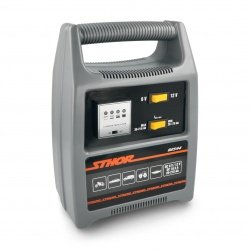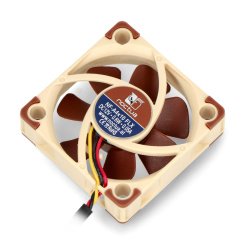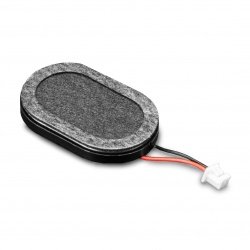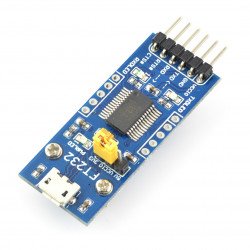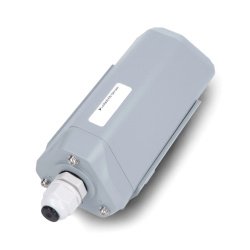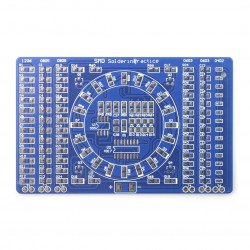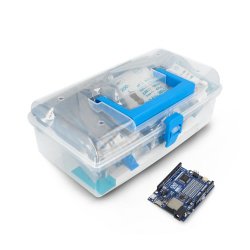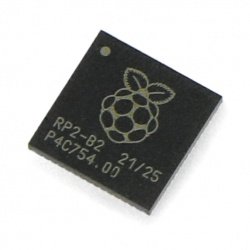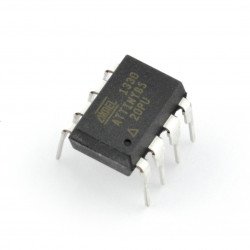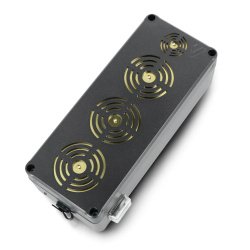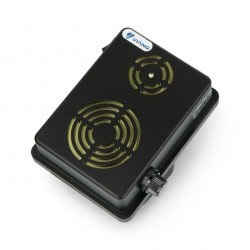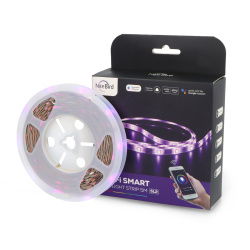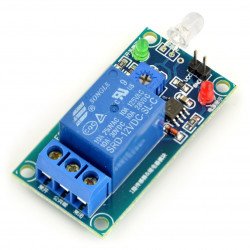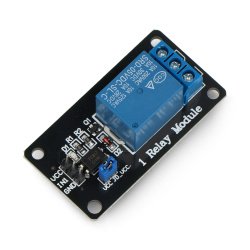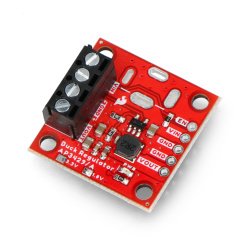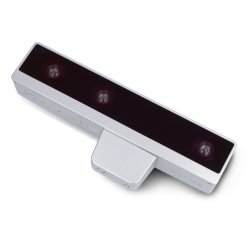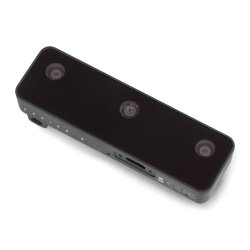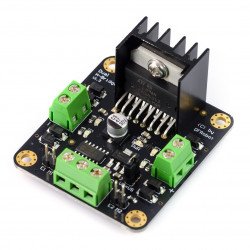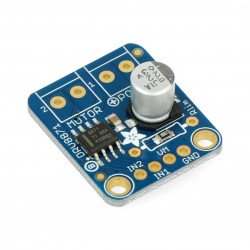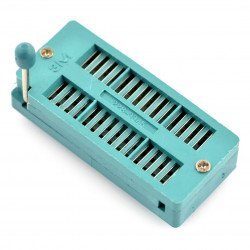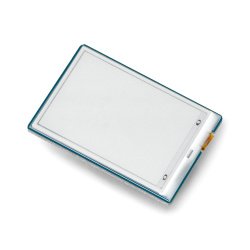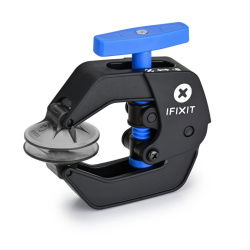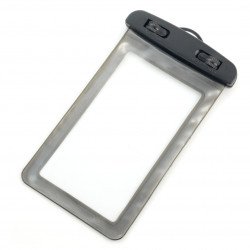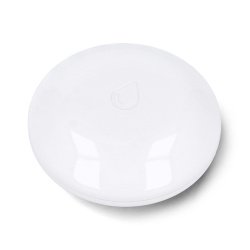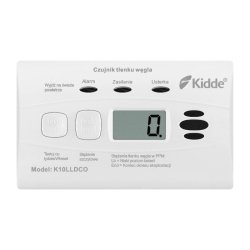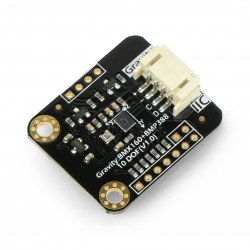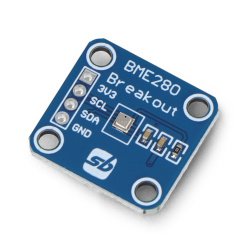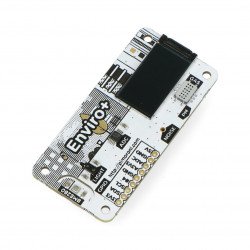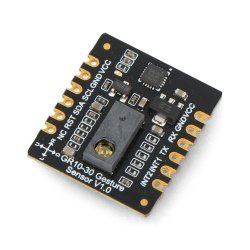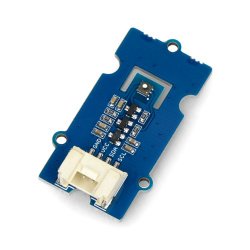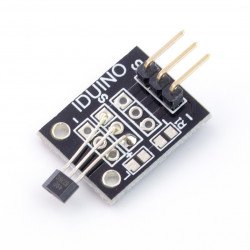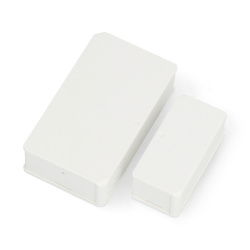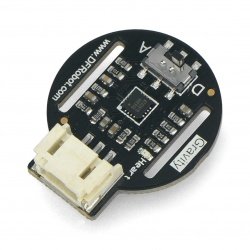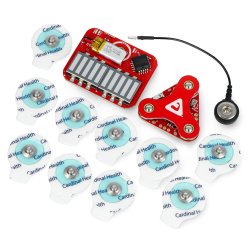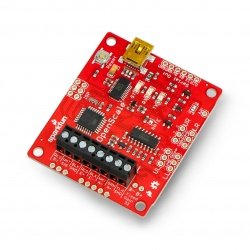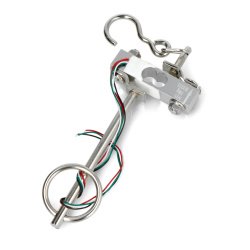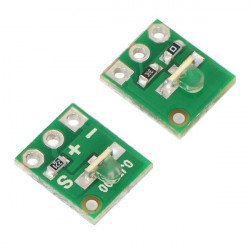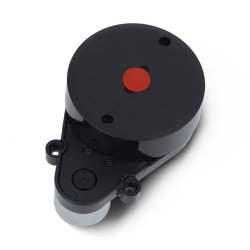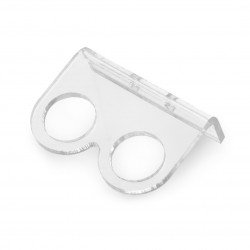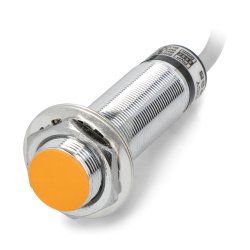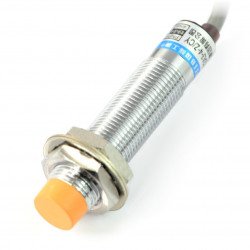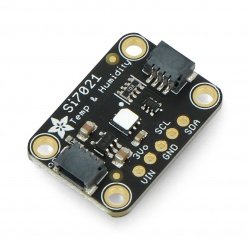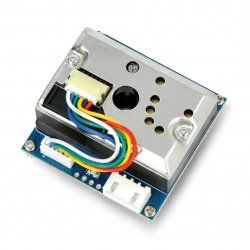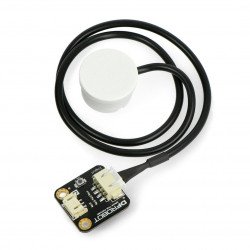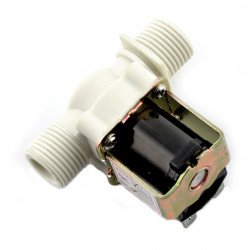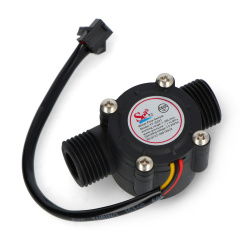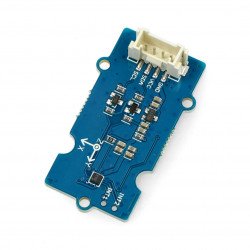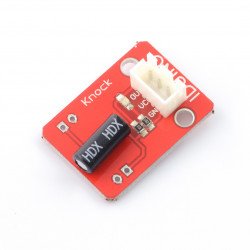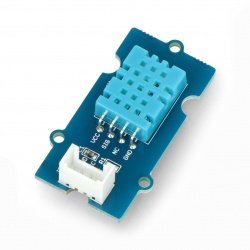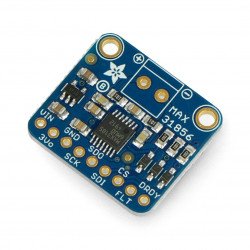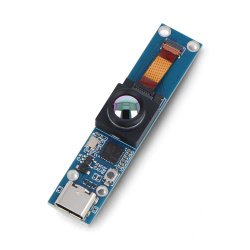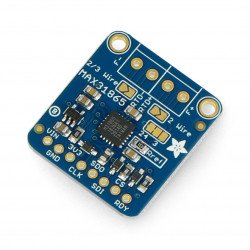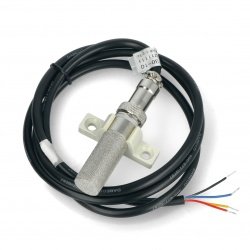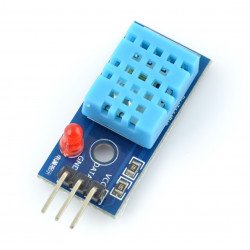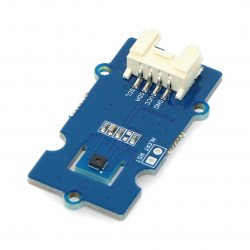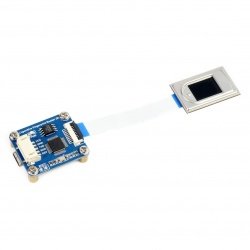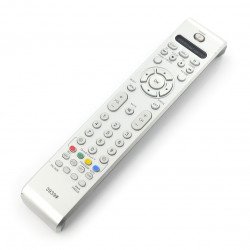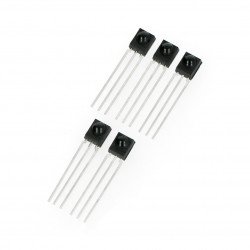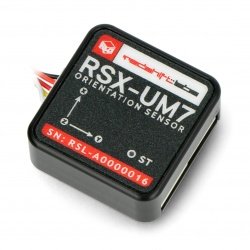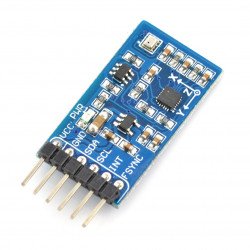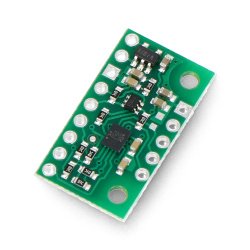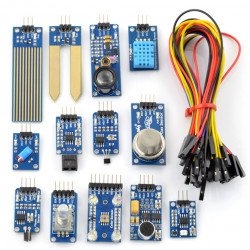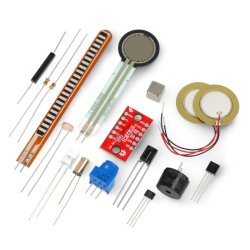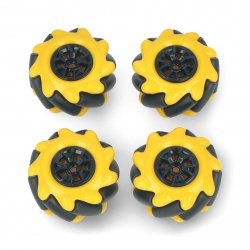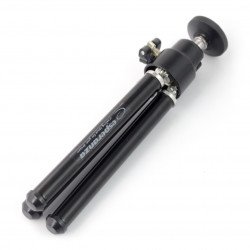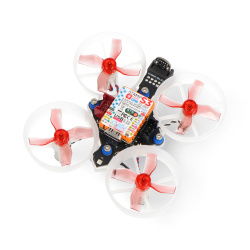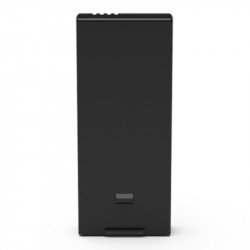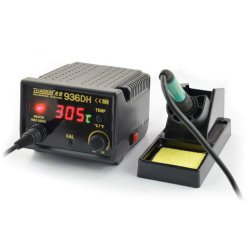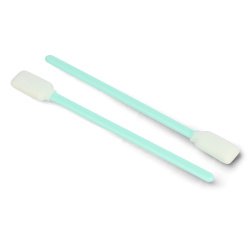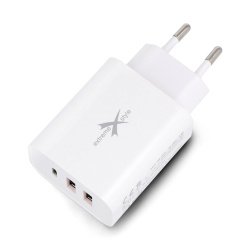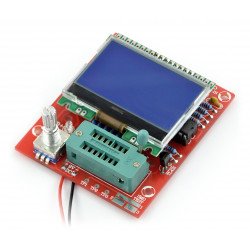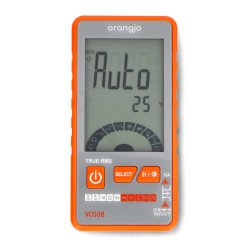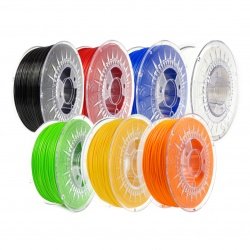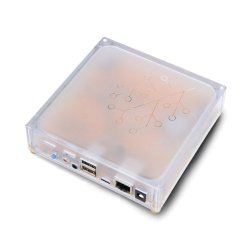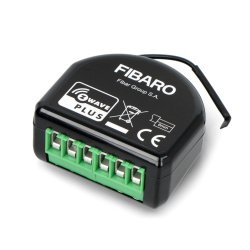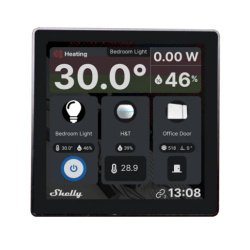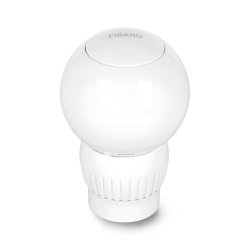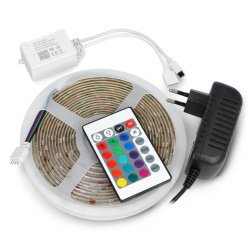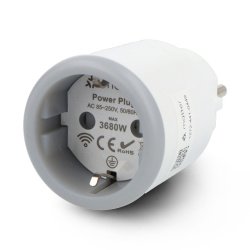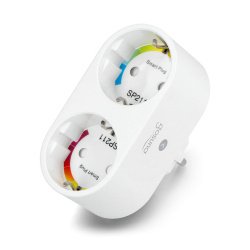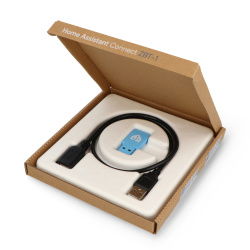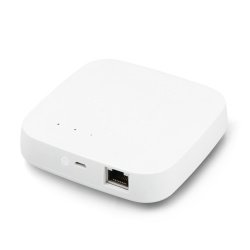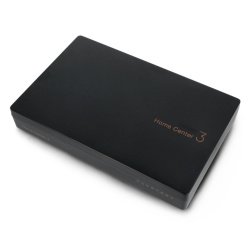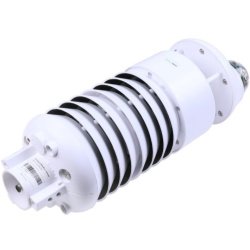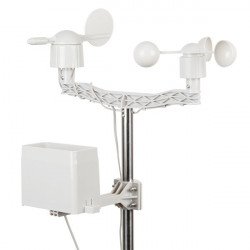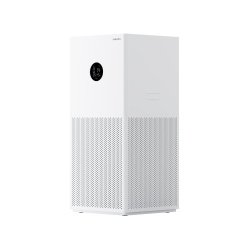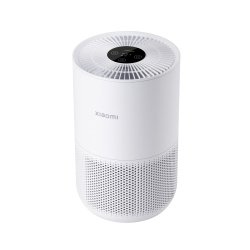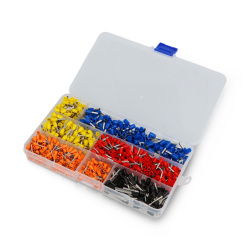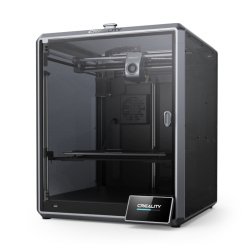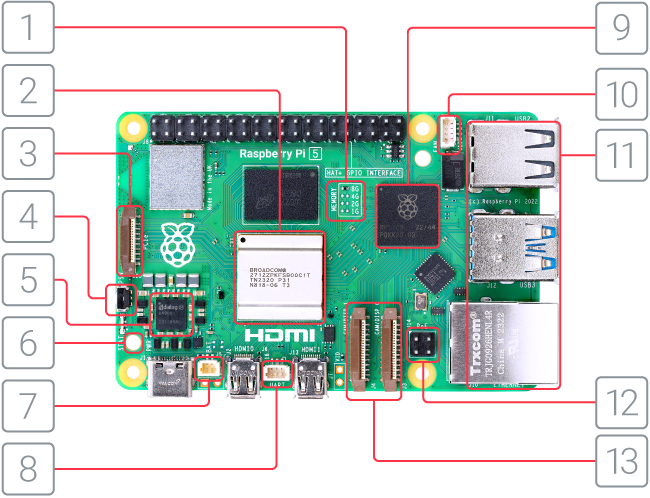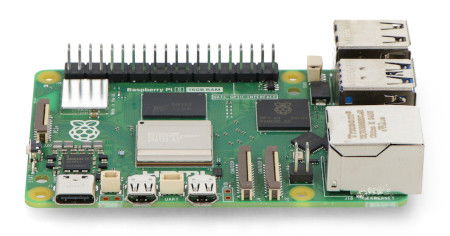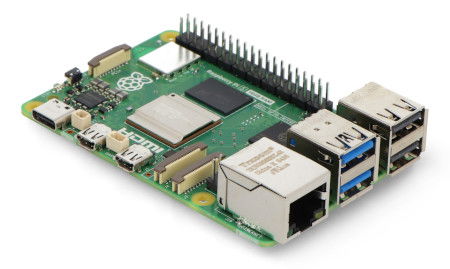Product description: Raspberry Pi 5 16 GB
Raspberry Pi 5 , equipped with 16 GB of LPDDR4X-4267 RAM , runs on a quad-core Broadcom BCM2712 ARM Cortex-A76 64-bit processor at 2.4 GHz . The new generation offers performance that is up to 2-3 times faster than Raspberry Pi 4. In The standard equipment includes two microHDMI connectors, two USB 3.0 ports , two USB 2.0 ports and a USB C power connector. Additionally, the device has two MIPI DSI/CSI interfaces for cameras and displays, a PCI Express 2.0 connector , a place for a fan, a UART connector, a battery socket RTC and a dedicated power button. Raspberry Pi 5 also features dual-band WiFi (2.4 GHz and 5 GHz), Bluetooth 5 BLE, and a 1000 Mbps Gigabit Ethernet port with PoE support using the PoE+ HAT . The board retains the standard 40-pin GPIO connector (2x20 pin, 2.54 mm pitch) and a microSD memory card slot that supports the operating system. In addition to the typical mounting holes, there is space for installing an official radiator with a fan, which additionally increases the cooling capabilities during intensive use. operation of the device.
Layout and description of components on the Raspberry Pi 5 board
- Model designation
- Broadcom BCM2712 processor
- PCI Express 2.0 interface
- ON/OFF button
- Power management system
- Active Cooling/Radiator Mounting Holes
- RTC battery connector
- UART connector
- Raspberry Pi RP1 I/O controller
- Fan connector
- Ethernet and USB ports (reversed from Raspberry Pi 4)
- PoE HAT connector
- 2x 4-lane MIPI DSI/CSI connectors
Changes in Raspberry Pi 5
| Characteristic | Description |
|---|---|
| Several versions | Raspberry Pi 5 is available in several versions with different amounts of RAM: 1 GB, 2 GB, 4 GB, 8 GB, 16 GB. |
| BCM2712 Processor | The Broadcom BMC2712 Quad-Core ARM Cortex-A76 64-bit chip clocked at 2.4 GHz is 60% faster than its predecessor. |
| PCIe 2.0 connector | The fifth version of Raspberry Pi is equipped with a fast PCI Express 2.0 connector, allowing you to connect peripherals with fast data transfer. |
| RTC battery connector | A dedicated connector allows you to connect a real-time clock (RTC) battery to maintain the current date and time. |
| UART connector | There is a UART connector on the board to which you can connect a debugger. |
| Two CSI/DSI connectors | Raspberry Pi 5 is equipped with two 4-lane MIPI CSI / DSI connectors in mini 22-pin format in 0.5 mm pitch, to which you can connect a camera and a display or two cameras / two displays. |
| ON/OFF button | The Raspberry Pi minicomputer can now be turned on/off using the power button. The button can also be used to wake the Raspberry Pi from deep sleep mode. A long press of the button cuts off the power from the minicomputer. |
| Raspberry Pi RP1 system | The RP1 was designed specifically by the Raspberry Pi Foundation to handle I/O interfaces, offloading the minicomputer's main processor, making the Raspberry Pi 5 significantly more powerful than its older predecessors. |
| Layout of connectors | The board outline remains the same as in previous versions, but the layout of the interfaces has changed. |
Video and audio on Raspberry Pi 5
Raspberry Pi 5 provides advanced multimedia capabilities thanks to two microHDMI connectors , which allow you to transmit video and audio in 4K resolution at a smooth 60 fps. Additionally, the device has two 4-lane MIPI CSI / DSI ports , allowing you to connect two 4K displays or two cameras. Raspberry Pi 5 uses the modern VideoCore VII GPU graphics card with a clock speed of 800 MHz, which guarantees performance when supporting advanced graphics and multimedia applications. CSI / DSI ports with 22 lines with a pitch of 0.5 mm require the use of adapters if you plan to use earlier accessories.
Raspberry Pi OS operating system
Raspberry Pi 5 is equipped with a microSD card slot with support for SDR104 high-speed mode, enabling fast booting of the Raspberry Pi OS system. Alternatively, the operating system can be booted directly from the USB port. Our store offers memory cards with a pre-installed operating system, ready to use immediately after unpacking. Raspberry Pi 5 is fully compatible with the Raspberry Pi OS system, starting with the Bookworm version.
Communication in Raspberry Pi 5
The fifth version of the Raspberry Pi retains the popular interfaces we know from typical PC computers. The key ones are:
- Two microHDMI ports , allowing you to connect two monitors simultaneously and display images in 4K quality.
- WiFi module - dual band, operating in the 2.4 GHz and 5 GHz band, compatible with the 802.11b/g/n/ac standard.
- Bluetooth LE module - modern Bluetooth Low Energy (LE) wireless connection in version 5.0.
- 4 USB ports - two of them are USB 2.0 and the other two are faster USB 3.0 with support for 5 Gbps operations simultaneously, perfect for connecting a variety of peripherals.
- Ethernet port - enables fast wired connection to the network at speeds up to 1000 Mb/s. Additionally, Raspberry Pi 5 can be powered through this port (using the PoE+ HAT).
- GPIO - Consists of 40 general purpose input/output pins that include interfaces such as I2C, SPI, and UART. They are used for a variety of applications such as driving LEDs, buttons, motor drivers, and many others.
 The fifth version of the Raspberry Pi 5 is equipped with a power button, RTC battery connector, PCI-e and UART.
The fifth version of the Raspberry Pi 5 is equipped with a power button, RTC battery connector, PCI-e and UART.Raspberry Pi 5 Power Supply
Raspberry Pi 5 uses a USB Type-C port as a power source. The device requires a power supply with a voltage of 5 V and a minimum current output of 5 A. In our offer you will find both original power supplies and high-quality replacements that are fully compatible with Raspberry Pi 5. The standard current output of USB ports is 600 mA . However, when a USB Type-C power supply supporting the Power Delivery function is detected, this limit automatically increases to 1.6 A , which allows you to power more demanding peripherals.
Raspberry Pi 3B+, 4B and 5 Specifications and Comparison
 |
 |
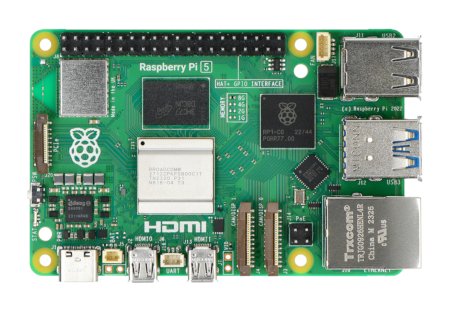 |
|
| Model | Raspberry Pi 3 model B+ | Raspberry Pi 4 model B | Raspberry Pi 5 |
| Issue | 3 - 2018 | 6 - 2019 | 9 - 2023 |
| Chipset Processor | Broadcom BCM2837B0 64bit | Broadcom BCM2711 64-bit | Broadcom BCM2712 64-bit |
| Core | Quad Core ARM Cortex-A53 |
Quad Core ARM Cortex-A72 |
Quad Core ARM Cortex-A76 |
| Operating systems | Raspberry Pi OS Windows 10 lT |
Raspberry Pi OS | Raspberry Pi OS |
| Clocking | 1.4GHz | 1.5GHz | 2.4GHz |
| Architecture | ARMv8-A | ARMv8-A | ARMv8-A |
| RAM memory | 1GB LPDDR2 @ 900MHz | Several versions
|
Several versions
|
| Memory | microSD card | microSD card | microSD card |
| GPIO socket | 40-pin connector (2x20 pin) 2.54 mm raster |
40-pin connector (2x20 pin) 2.54 mm raster |
40-pin connector (2x20 pin) 2.54 mm raster |
| Power supply |
|
|
|
| Tile dimensions | 85 x 56 x 17mm | 85 x 56 x 17mm | 85 x 56 x 17mm |
| USB interface | 4x USB 2.0 - type A socket | 2x USB 2.0 - type A socket 2x USB 3.0 - type A socket |
2x USB 2.0 - type A socket 2x USB 3.0 - type A socket |
| Network interface | 300 Mbps Ethernet port | 100/1000 Mbps Ethernet port | 100/1000 Mbps Ethernet port |
| Wi-Fi interface | Dual Band 2.4GHz and 5GHz 802.11b/g/n/ac |
Dual Band 2.4GHz and 5GHz 802.11b/g/n/ac |
Dual Band 2.4GHz and 5GHz 802.11b/g/n/ac |
| Bluetooth | Low Energy, BLE 4.2 | Low Energy, BLE 5 | Low Energy, BLE5 |
| Camera | CSI nest | CSI nest | 2x 4-lane MIPI CSI/DSI socket |
| Touchscreen display | DSI socket | DSI socket | 2x 4-lane MIPI CSI/DSI socket |
| Video | HDMI HD 1080px / 30fps H.264 1080p30 OpenGLES 1.1, 2.0 |
2 x microHDMI H.265 4K 60fps H.264 1080p 30fps OpenGL 1.1, 2.0, 3.0 |
2 x microHDMI H.265 4K 60fps H.264 1080p 30fps OpenGL 1.1, 2.0, 3.0 |
| Communication | UART, SPI, I2C, GPIO | UART, SPI, I2C, GPIO | UART, SPI, I2C, GPIO |





